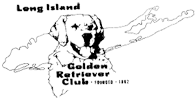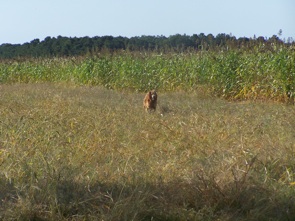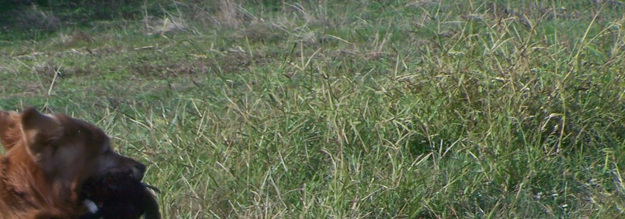


Active habitat management is necessary to preserve the different upland game birds. Woodcock, quail and pheasants are part of the natural heritage of Long Island. These upland birds live in open fields, near potato and cornfields, fallow fields and the scrub oak and pine forests of Long Island. Farmers were often de-facto field managers. Every spring when it was time to plant they turned over last years crop and harrowed their land in preparation for the new season. However, when farming ceased so did field management. For the many birds that depended upon open areas with bare dirt, short annual grasses and small plants, their ideal habitat was no more. These abandoned fields slowly changed and the plants and animals that thrived when the land was farmed were gradually replaced by plants and animals that were more suited to a grassland and then wooded habitat.
The transition from active farmland to a woodland takes years but if we wish to preserve the diversity of bird and animal species that lived with farmed acreage we must step in and manage these fields. We have to decide that the benefits of continued field management far outweigh leaving these fields alone to become woods and forests. Rehabilitation doesn't happen overnight, but the results are often noticeable within a few years. (Here is a link to an article from the Shooting Times UK on how to create a haven for birds from old farmland: Waders Wonderland .)
In many areas of New York State the wild pheasant, quail and songbird populations have declined since the late 1960s. This decline is because of population growth, the development of homes and commercial building. Farmlands that were incorporated into parks or nature preserves also lost upland and songbirds when the fields were no longer turned over every year. It does not take many years to see the upland birds have vanished.

Why is an early successional habitat so important for many wildlife species? Because these areas are full of many plants which support both upland game birds and song birds. The plants and crops provide both protection and food. This growth does not prevent birds in their search for food. Bare areas within these fields provide suitable spots to hunt for bugs and insects.
The first plants to establish themselves are weeds and grasses. They require full sun. The seeds are carried by the wind or may have lain dormant in the soil. Annual plants produce large quantities of seeds if they are to reproduce next year. Plenty of seeds means plenty of food for the birds. Pheasant and quail populations are strongest in these early years when there are plenty of diverse food sources, but when perennial grasses crowd out the weeds the fields become unsuitable for many birds. Perennial grasses such as fescues and plants like milkweed and ragweed fill in open areas. Thick perennial grass plots accumulate thatch which brings rodents and this in turn brings predators which find quail eggs and chicks good food.
So the upland birds survive best in actively farmed areas and the earliest stages of succession. Their very survival is dependent open space with bare sections. In a similar fashion, birds such as the grasshopper sparrow enter onto endangered lists when their habitat, farmed fields and grasslands, are incorporated into larger and untended areas. The renewal of fields by plow provides renewed habitats and sustained upland and song bird populations. A healthy, restored habitat is well worth our efforts.
This page has been viewed 11 times since Sun Apr 21 10:17:54 2024.